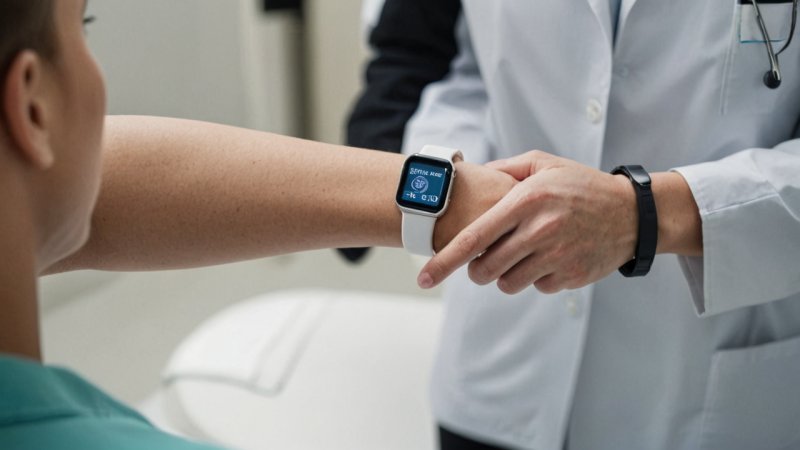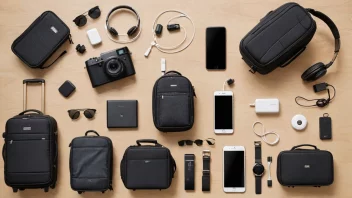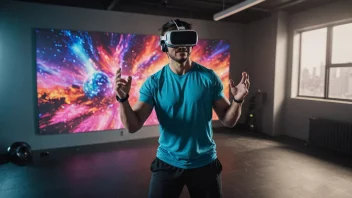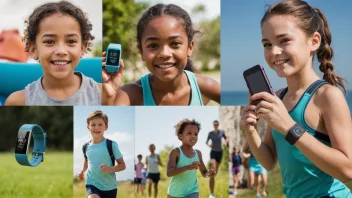Wearable technology has emerged as a game-changer in health monitoring, providing individuals with the tools to take charge of their wellness. From health tracking to early detection of potential issues, wearables are revolutionizing how we manage our health. In this article, we explore some of the top wearable technologies that are making a significant impact in health monitoring.
One of the most popular devices in the wearable market is the smartwatch. These multifunctional gadgets do more than just tell time; they can monitor heart rates, track sleep patterns, and even provide notifications for incoming messages and calls. The ability to monitor heart rates in real time is particularly beneficial for individuals looking to enhance their fitness levels or manage heart conditions. Many smartwatches also feature ECG capabilities, allowing users to conduct an electrocardiogram and share results with their healthcare providers.
Fitness trackers are another popular category of wearables. These devices are designed specifically for those interested in tracking their physical activity. They typically monitor steps taken, calories burned, and even the quality of sleep. Some advanced fitness trackers offer additional features such as VO2 max estimation and guided breathing exercises, which can aid in stress management and overall well-being. Users can set personal fitness goals and receive reminders to stay active, making it easier to maintain a healthy lifestyle.
Continuous glucose monitors (CGMs) have gained traction, especially among individuals with diabetes. These devices provide real-time blood glucose data, allowing users to make informed decisions about their diet and insulin use. Unlike traditional methods that require finger pricks, CGMs provide a painless, continuous flow of information that can be accessed via a smartphone app. This technology empowers users to manage their diabetes more effectively and avoid potential complications.
Wearable patches are also making waves in health monitoring. These small, adhesive devices can be placed on the skin to monitor various health metrics, including hydration levels, body temperature, and even lactate levels during exercise. They are particularly useful for athletes and individuals undergoing rehabilitation, as they provide continuous data without hindering movement or comfort.
For those focused on mental health, wearables that track stress levels are becoming increasingly popular. These devices use heart rate variability (HRV) to assess stress levels and provide feedback on relaxation techniques. By integrating mindfulness practices into daily routines, users can manage their stress more effectively and improve overall mental well-being.
In addition to individual health monitoring, wearables are also valuable in clinical settings. Healthcare providers can utilize wearable technology to monitor patients post-surgery or during rehabilitation. This continuous data collection enables providers to adjust treatment plans based on real-time feedback, ensuring optimal recovery outcomes.
In conclusion, wearable technology is revolutionizing health monitoring, providing users with innovative tools to manage their health proactively. From smartwatches to glucose monitors, these devices are empowering individuals to take control of their wellness journey. As technology continues to advance, the potential for wearables in health monitoring is limitless, paving the way for a healthier future.
Top Wearable Technologies Revolutionizing Health Monitoring
Discover how wearable technologies are reshaping health monitoring, enabling individuals to take control of their wellness like never before.






